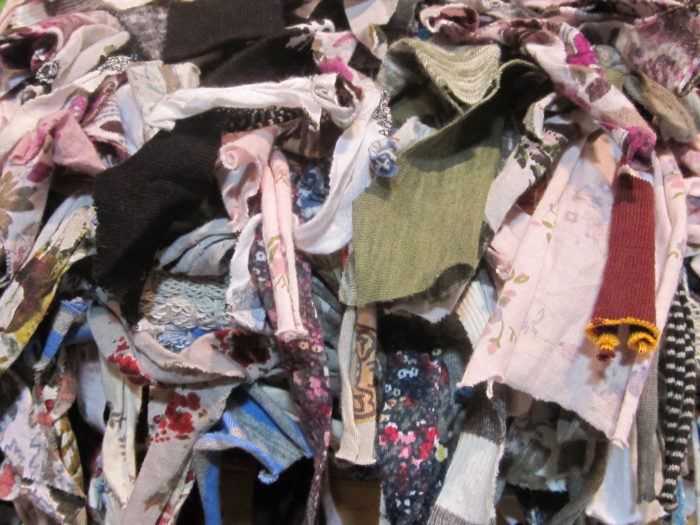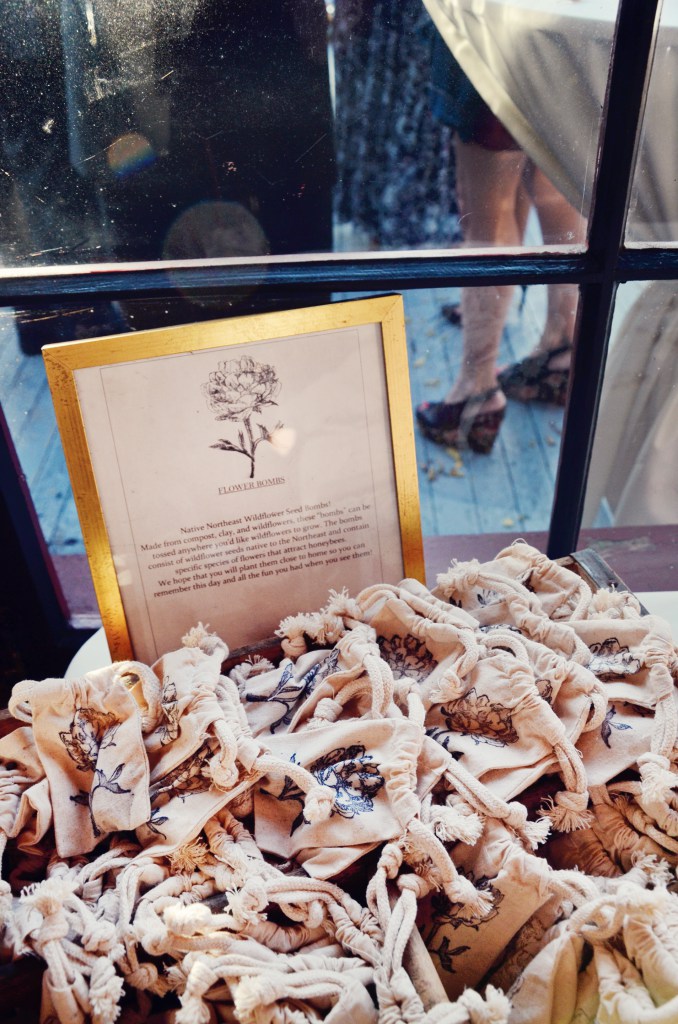Fairly recently, I gazed down at my disposable cotton pad as I was about to douse it with make-up remover, and I had an epiphany. That cotton pad had come from a plant. It didn’t look plant-like, but it had indeed come from a Gossypium species. It had been processed and packaged and shipped to whatever stockist I purchased that particular pack from. I felt an urge to know more about the way cotton was processed. It was a part of my daily routine; therefore, I felt obligated to know where it came from and what processes it had passed through to transform from plant to perfectly-packaged pad.

I have been a part of the slow fashion movement for a little while now, committing to purchasing only second-hand or ethically made garments when needed and focusing more on a minimalist approach to what I have in my wardrobe. As a substantial portion of the items I own are made of cotton, I felt this was material enough (pun totally intended) for me to know more.
Did you know that it takes upwards of 10,000 litres of water to produce one pair of jeans? Cotton requires copious volumes of water for irrigation, bleaching, dying, printing, and all the other stages of production. This is made worse when we look at the countries currently producing the most of it–China, India, Turkey, Uzbekistan, Brazil–places not necessarily known for being the rainiest (FAOSTAT, 2004).
Second to the sheer volume of water required–water that so many people on the planet are suffering without having enough of–is the implication of fertilizer and pesticide use. Poor quality, nutrient-deficient soils require large amounts of fertilizer to be pumped into the growth areas. Combine this with serious irrigation, and you’ve got the perfect formula for the leaching of nitrogen, phosphorous, and many other nutrients into the waterways. Hello, eutrophication. Plus, nitrite ions that make their way into the bloodstreams of infants can be devastating–they inactivate haemoglobin and can lead to disastrous repercussions.
Think about that for a moment. And think about how many garments you might be going through yourself. Do you know where they each came from? Did you even stop to question?
Think about how many items you may have purchased over the last twelve months, only to not wear and shove to the back of a drawer. When you eventually let them out of your clutch, they’ll have to go somewhere. Sure, you may donate them to a charity and thus support a great cause, but the truth is that we are utterly overrun with cheap clothing on this planet all because of the drive to consume. Americans send about 10.5 million tons of clothing to landfill each year so that urge to keep up with the trends is ultimately clogging our beautiful earth with the old and unwanted.
We purchase so much that we don’t need and isn’t made well, all in the name of high turnover. Manufacturers’ want us to feel the incessant need to buy more and more. This builds their profits, after all. But many consumers are tricked into thinking that a $9.99 shirt is a great deal. You think, “ah, well it’s so cheap that I don’t care if I spill red wine on it!” Did you know that the average consumer now demands approximately four times as much clothing as you would have done in the 1980’s? We are living in a wasteful society.

Firstly, that’s not a great attitude to have about anything, in my opinion. The more we get into the habit of seeing things as disposable, the more we are contributing to the problem. The problem is pollution, environmental degradation, landfill, toxic leakage into our waterways, child labor, and every other negative attribute associated with mass production.
Secondly, cheap clothing is a burden. It doesn’t wash well, doesn’t feel luxurious to wear, and it loses its shape far too soon. This results in you having to clear out your closet more often, getting rid of the cheap clothes, and replacing them with others of exactly the same caliber. The cycle goes on and on with you never truly loving anything you own and playing slave to the retailer.
Not all clothing is made of cotton, of course. Many synthetic fibres are used in manufacturing now. But the demand is still exceptionally high, and it’s easy to see why. Natural fibres are breathable and soft. The problem isn’t that we’re using cotton, but rather how we’re using it. We need to start appreciating the value of it and making a point to not support unethical production. Buy fairtrade and organic where you can. Contribute positively to the lovely people who worked so hard to get that item within your reach. Stop polluting their waterways. And the next time the urge comes to buy, ask yourself why? Do I really need this?

Have you explored the world of ethical fashion?
Also by Kat: 5 Life-Changers that Won’t Cost a Dime
Related: 5 Simple Ways to Kick Your Fast Fashion Addiction
4 Facts You Need to Know about Fast Fashion
Get more like this–Subscribe to our daily inspirational newsletter for exclusive content!
__
Photos: Kat Kennedy, Pexels, Sherrie Thai via Flickr




